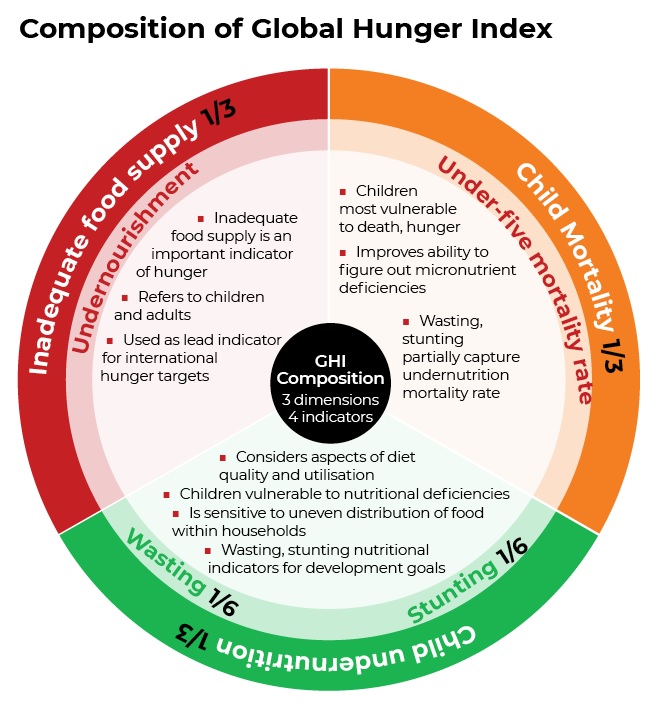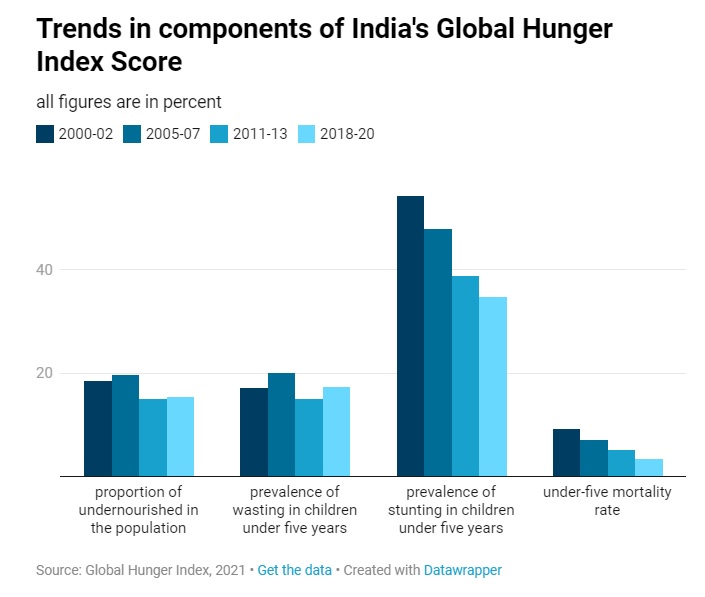7667766266
enquiry@shankarias.in
What is the issue?
The GHI is a tool that measures and tracks hunger globally as well as by country and is prepared by European NGOs of Concern Worldwide and Welthungerhilfe.


References